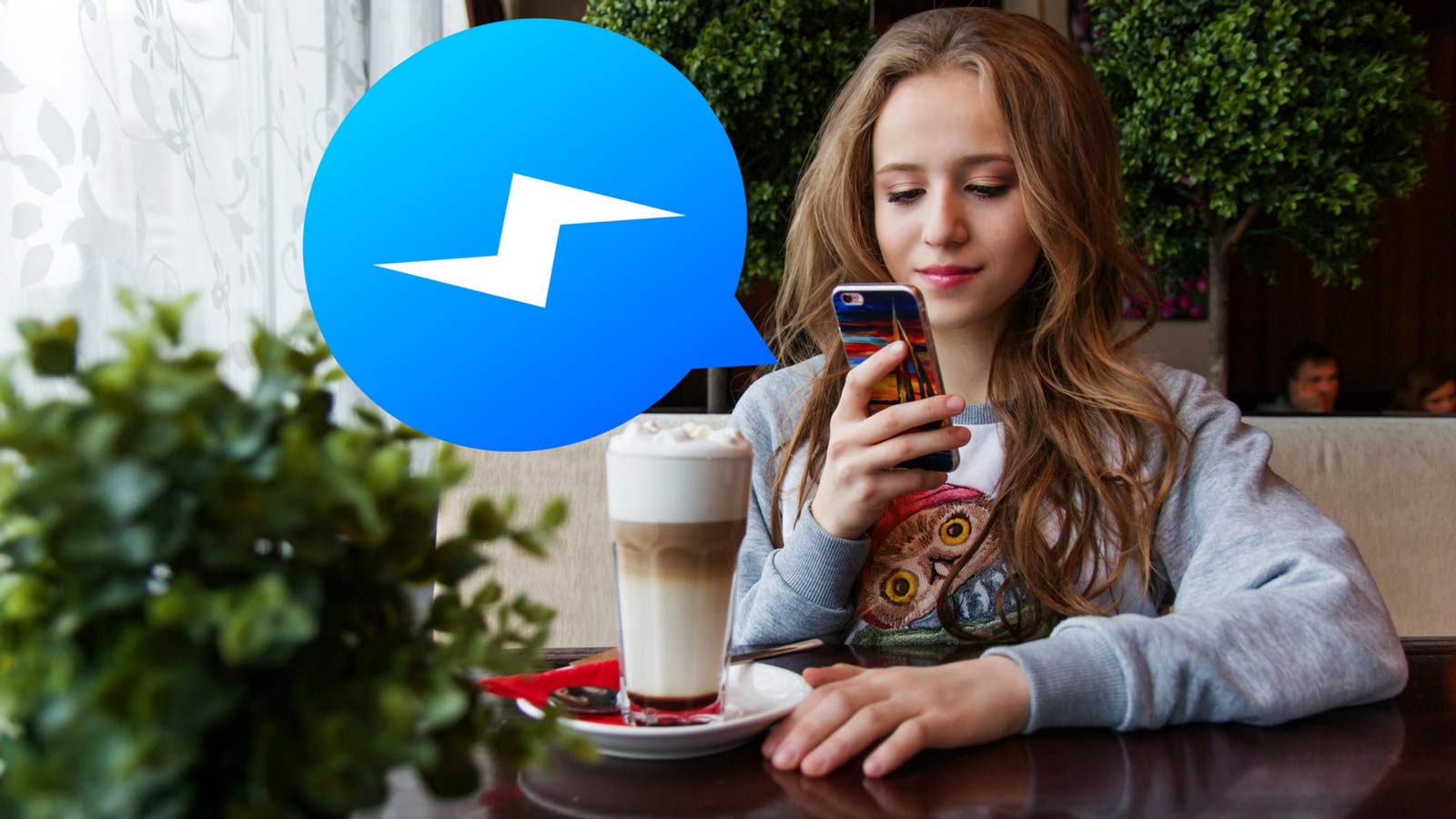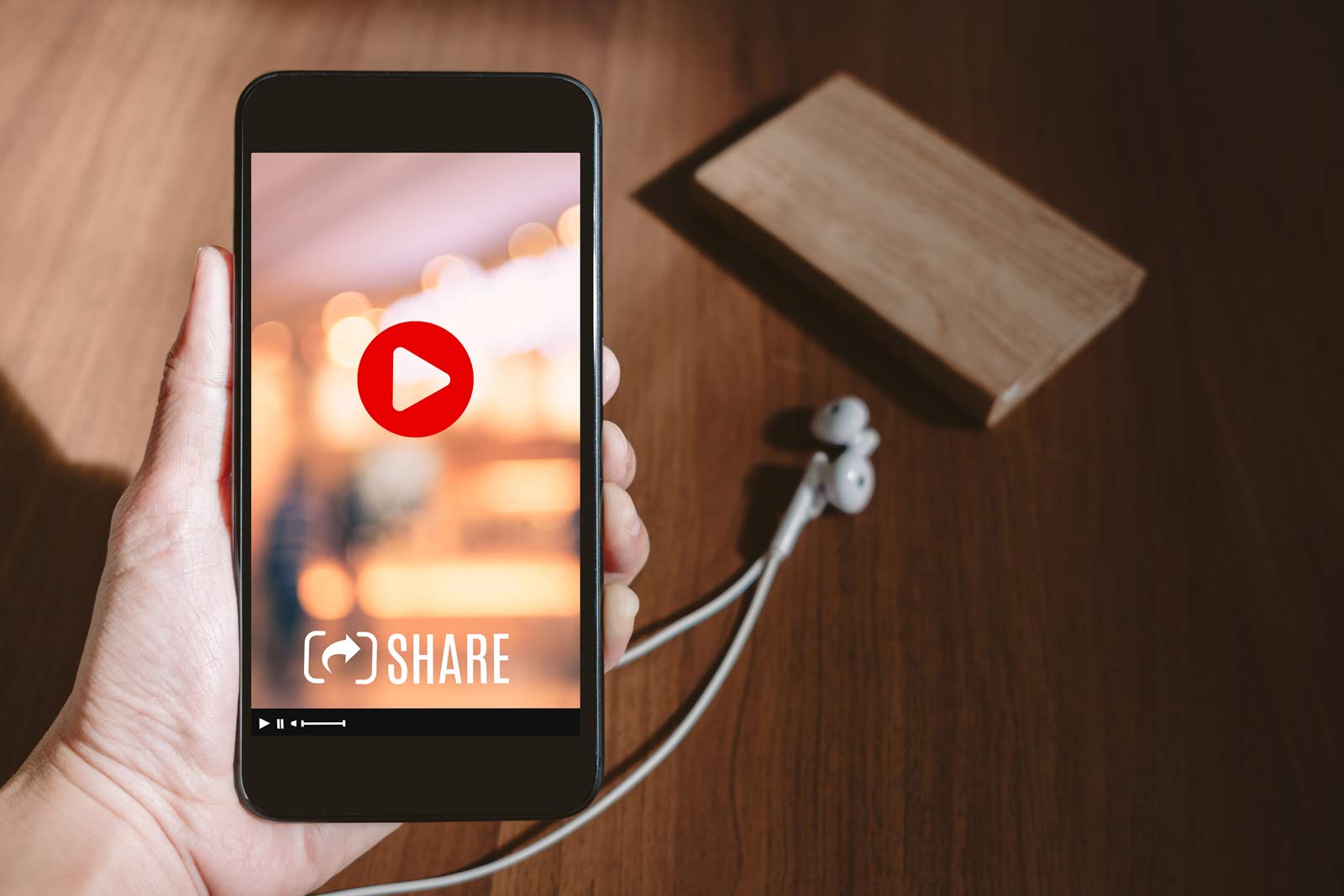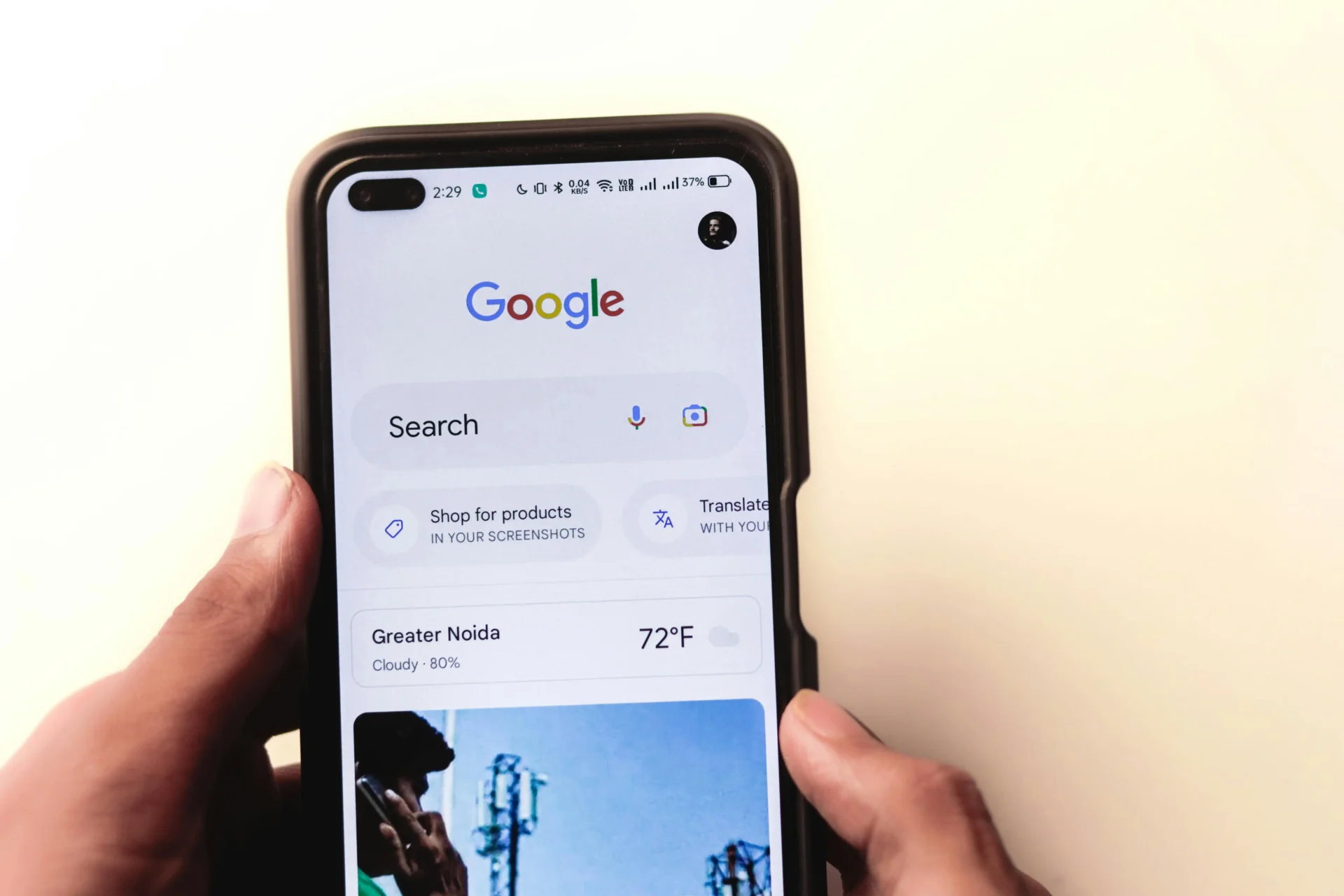The social network has announced that this latest Facebook algorithm change will focus on “meaningful interactions.” What this means is that fewer posts promoted directly by brands will be seen in people’s Facebook feeds unless those posts have sparked meaningful exchanges.
The social network has announced that this latest Facebook algorithm change will focus on “meaningful interactions.” What this means is that fewer posts promoted directly by brands will be seen in people’s Facebook feeds unless those posts have sparked meaningful exchanges.
What makes something meaningful?
In a private webinar about the changes, Facebook gave some insight into what, exactly, they would be counting when they determined a post’s “meaningfulness” following this Facebook algorithm update:
Links in Messenger- If people are sharing a link over messenger, they are ostensibly targeting it in a way that’s different from just hitting “share” and letting the post float into their own crowded feed. A link shared via messenger means that the sender has carefully considered who to send it to (meaning that the link has some specific value) and that they are likely hoping to engage in some kind of conversation about it (either in Messenger or perhaps even in person). This means that not all of the activity that matters in this Facebook algorithm update will be readily apparent as the links are shared privately.
Commenting and Liking- As expected, one of the measures of engagement is the most obvious: interacting directly with posts, photos, and status updates. When users “like” a post (or, even better, react with one of the more detailed reaction buttons like “love” or “sad”), they signal to Facebook that this is a post worth boosting. Comments, in particular, are an important measure, and their quality gets its own consideration separate from just the numbers on the post.
Multiple Replies- If someone is posting multiple times in the same comment thread, then that means there is an exchange going on. They have come back to this post to continue to engage, and that exchange matters to the Facebook algorithm.
It’s also important to note what is not being measured to determine what is boosted:
Tags- Tagging can be a great way to alert someone specifically to the presence of a post (which might get them to share it or engage with it) but tagging itself is not a measure of a post’s engagement.
Groups- Creating a group for your business can be a way to create a community and give your customers a space to interact with one another, but it isn’t going to have a direct impact on your posts’ penetration rate (though it could provide you a platform for strategies that get you better post engagement in the long run).
Comment Baiting- The algorithms are smart enough to see through blatant comment-baiting tactics. Asking people to tag someone in a funny picture or to type “YES” if they agree might rack up the total number of comments, but the algorithms aren’t going to count those.
If there’s one takeaway from the announcement, it’s that engagement is determined much more by the users than it is by the creators. Creators can put out all of the content they want, but if users aren’t engaging with it, it isn’t going to be seen (not without paid advertisement, at least). This means that strategies for getting noticed require creating engagement. That means cultivating an understanding of what will make people want to interact with a post.
What can businesses do amidst Facebook algorithm changes?
If businesses want to make the Facebook algorithm update work for them, they’re going to have to take these changes into account and adapt their content-sharing strategy. There are several things businesses can do to make sure that their posts are garnering meaningful attention and engagement.
1. Create Great Content
First and foremost, businesses can create great content. Don’t push links to SEO-stuffed blog posts that add no value to most readers’ day. Don’t send obvious plugs for your business thinly veiled as informative content. Create real, meaningful content that people will click on because they want to read about it. This means investing in an inbound marketing strategy that truly understands your customers and potential customers. Who are they? What problems do they have? What questions do they ask? What information can you bring that will interest them?
2. Give People a Reason to Share Your Posts
There are lots of different reasons that people share a post. Maybe it sparked their curiosity and they wanted to ask their friends’ opinions on the topic. Maybe it helped solve a problem their friend was recently talking about, so they shared it in a private message. Maybe they are an expert in the field who was mentioned in the post and wanted to share it with their own fans/readers. With this in mind, the best way to get people to share posts is to fall back on the first tip: write great content. There are a few other strategies to make it a little more likely.
Conduct Interviews- If you find people in the field who already have a dedicated community of engaged users, doing an interview with them can help boost your own engagement. The person you interview will likely share the post, and it might get more shares among that community as well.
Provide Specific, Timely Content- People are more likely to share if there is a time- or geography-specific appeal to the content. If you include information about an event in two weeks, people will feel the need to spread that information soon. If you target information to a particular region, people will feel the need to share that with the people in their city or town.
3. Stay Engaged Yourself
With this Facebook algorithm update, the company wants their platform to be a space for conversations. Think about talking to someone in person. If you asked a question, and then walked away as people gave answers, they wouldn’t stick around and engage with you. If you are constantly putting out posts but never engaging in the conversation that takes place in the comments, users are unlikely to see much value in commenting.
Of course, engaging meaningfully takes a lot of time, so it’s important to find a way to manage this as part of your business plan. Small businesses can put themselves on a social media schedule where they check in regularly and respond to comments. Larger businesses may hire someone in-house to handle social media accounts. This is also a task that can be outsourced, but it’s important to make sure that whoever is handling the accounts has a strong understanding of the tone and types of engagement you would like to create.
4. Pay for Ads . . . Strategically
Of course, Facebook wants businesses to pay for advertisement. They have lots of tools to make this an attractive option, and their price points are low enough to meet every budget. However, this doesn’t mean you should hit the “boost” button on every post. Think carefully about how you want to use these paid advertisements.
Paid ads allow you to target a particular demographic (by age, gender, region, interest, or a combination of these factors). If you are boosting a post, consider who you want to see it and what would likely attract a potential customer who has never heard of you before. Make sure that the posts you are boosting have the ability to stand alone without an established familiarity with your brand.
Don’t boost everything. Save your advertising budget for your best content that’s most likely to get shared. It might be tempting to share the posts that aren’t getting much engagement but sharing posts that are already doing well could be a better strategy. After all, if the users who see it are sharing it, more users will probably share it as well.
5. Create a Group
Groups are quickly becoming places where strangers come together and build a community around common interest. These can be a crucial part of a successful inbound marketing strategy. For example, Instant Pot has a very active group that shares recipes and tips for using the device. Create a group that has a broad connection to your product or service and moderate it well so that it can become a space where people engage with one another frequently.
Often, these conversations won’t be directly related to your business or service, but when you do have content to share (a video, a blog post, a promotion), you’ll have a group of people who are already attuned to engagement in that space. It makes it much more likely that your post will be seen and shared.
Especially as Facebook faces pressure to revamp its platform’s privacy and advertisement features, we’re looking at an uncertain social media landscape, but adopting practices now that make your content engaging and part of an authentic community will help give you the marketing tools for whatever algorithm changes are coming in the future.
Interested in learning more about inbound marketing? Please contact fishbat to get started.





